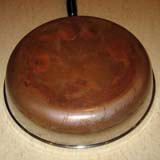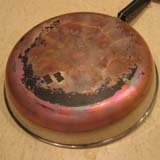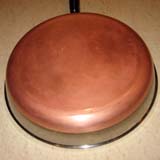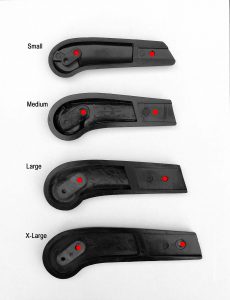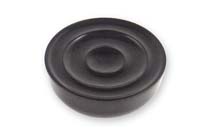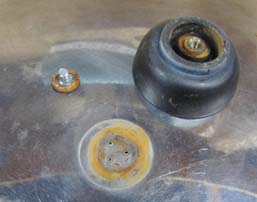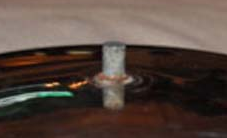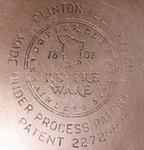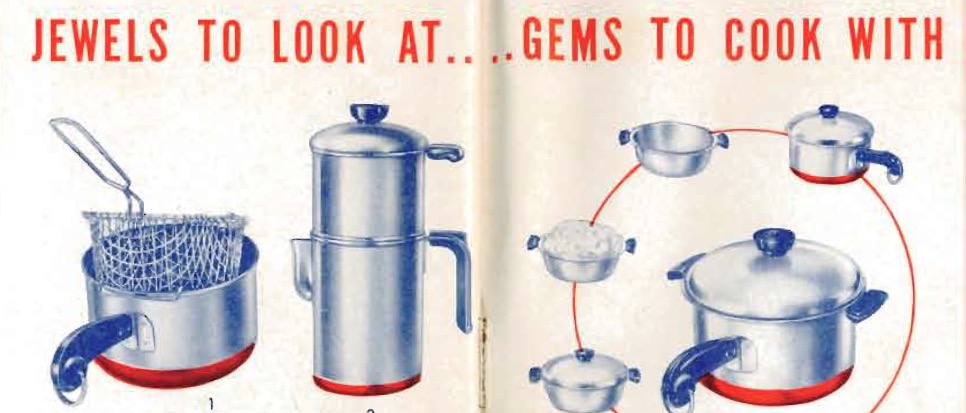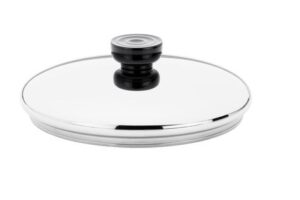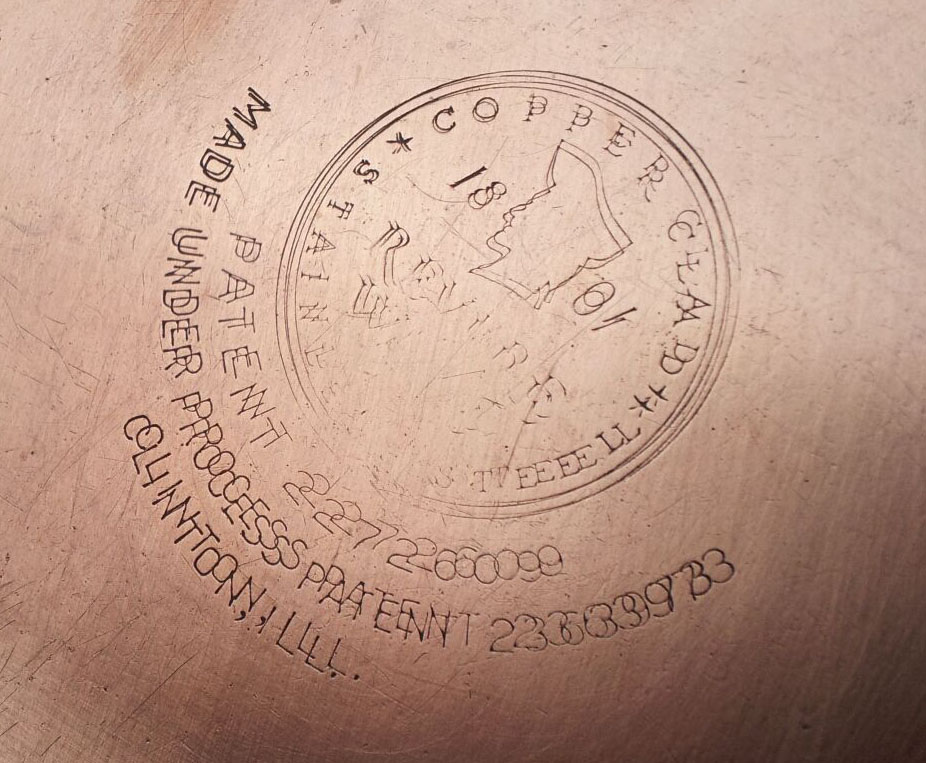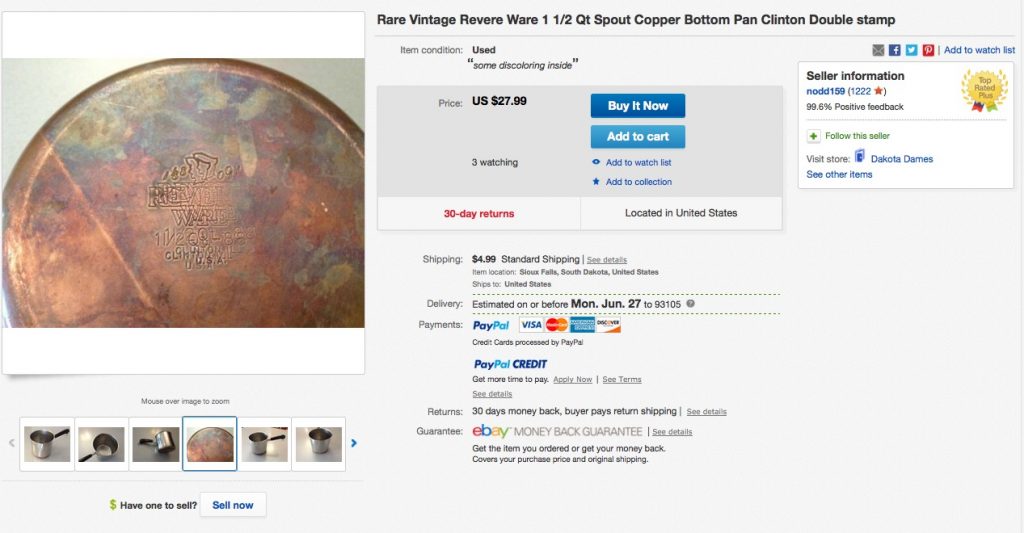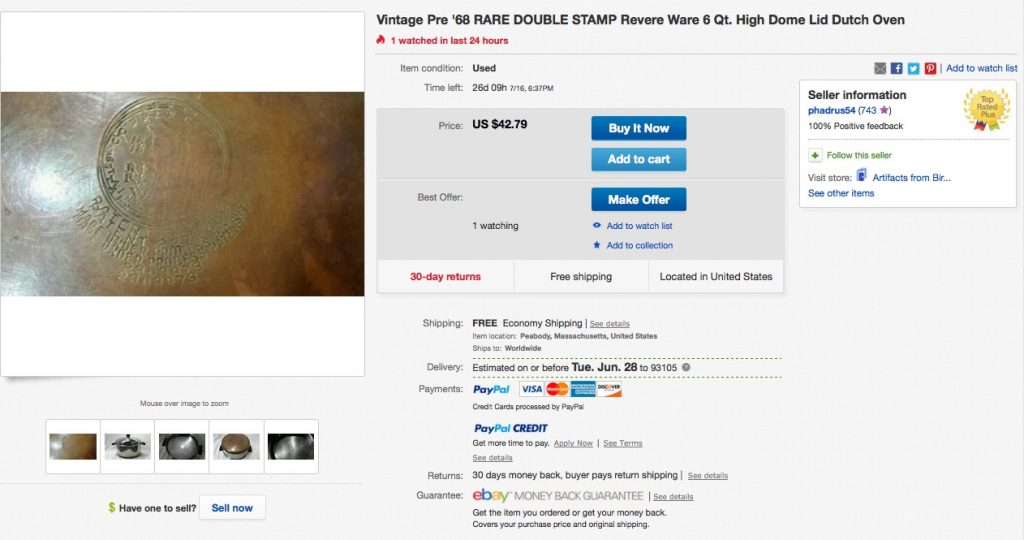As far as I’ve always been concerned, cast iron is all about the seasoning. You can take just about any cheap abused cast iron pan, clean and season it well, and it will perform like a champ.
In fact, that is exactly what we’ve done personally, purchase some basic cast iron pans at thrift stores, and clean and season them.
But, I am also a huge fan of history. So while I don’t think a vintage cast iron pan would necessarily perform better (feel free to make an argument against this presumption), The idea of owning an using a cast iron pan that has been around for 100 years, is interesting.
Along those lines, here is a video on how to identify vintage cast iron cookware.
Now, the video raises an interesting point about older models having a smooth finish, vs newer models having a rougher finish, which made me wonder, which is better.
Here is an article which discusses the difference, although has a much more complex explanation of why newer pans are rough and older ones are smooth.
The entire concept of seasoning cast iron, which acts as a leveling agent so the proteins won’t adhere to the pan, was a result of home cooks trying to fill in this new, rougher surface. The roughness that you feel on much modern cast iron is sand, which used to be removed during the cast iron production process. However, that step has since been removed by many modern manufacturers. “A lot of cast iron today is produced in 90 minutes,” says Powell. “But at the turn of the 20th century, cast iron would sit in molds for upwards of 48 hours before then being tumbled for 24 hours before it then received its final packaging.” As a result of this, vintage cast iron was incredibly smooth.
Ah, so it turns out that not all cast iron pans are equal, and older ones with a smooth finish are much easier to maintain, don’t require the same level of seasoning, and generally work better.
I’m off to the thrift store to try and find a vintage cast iron pan.


